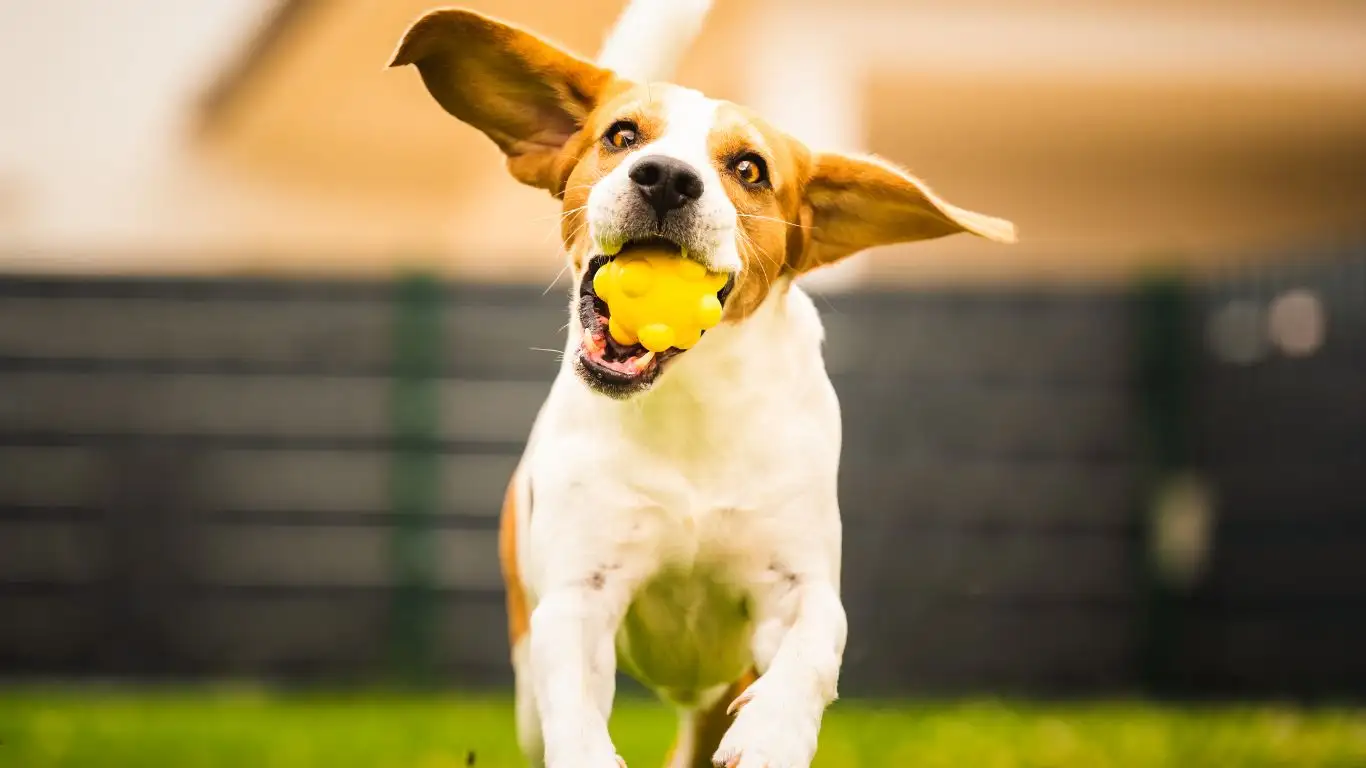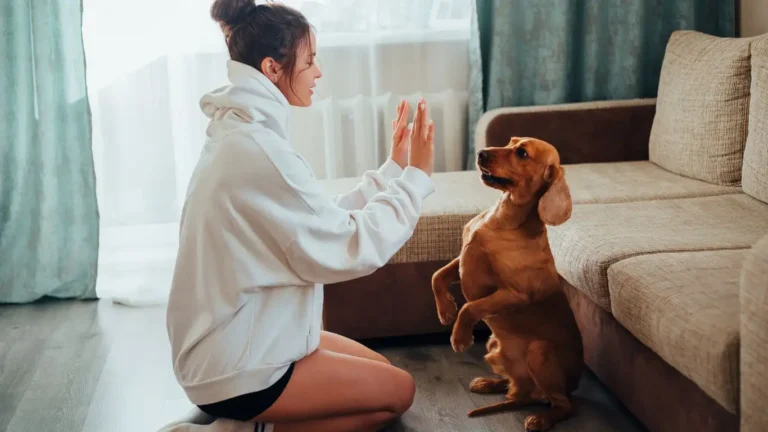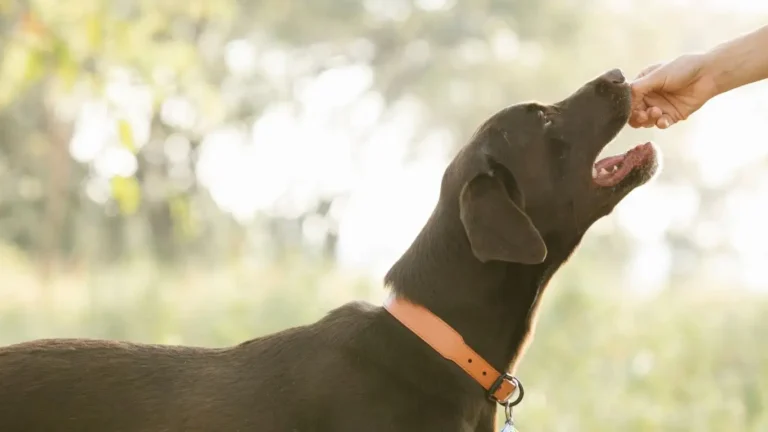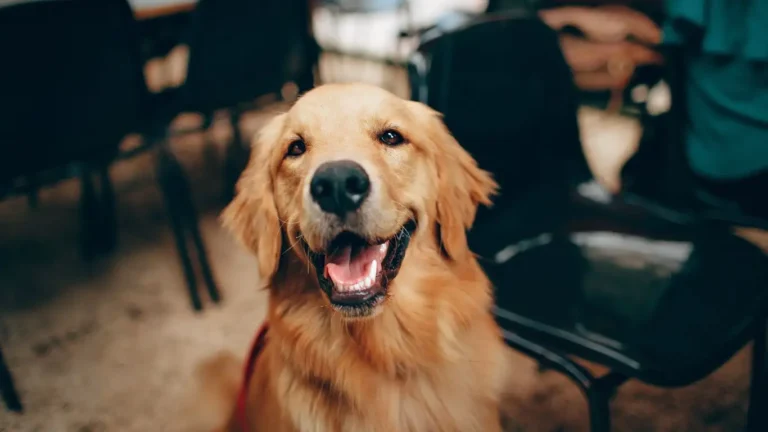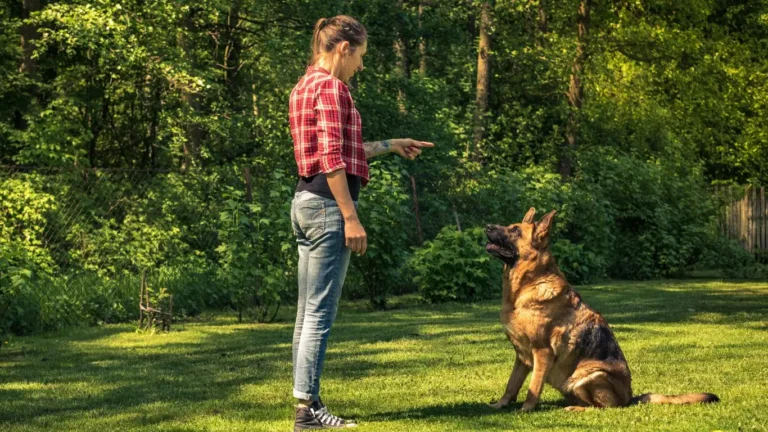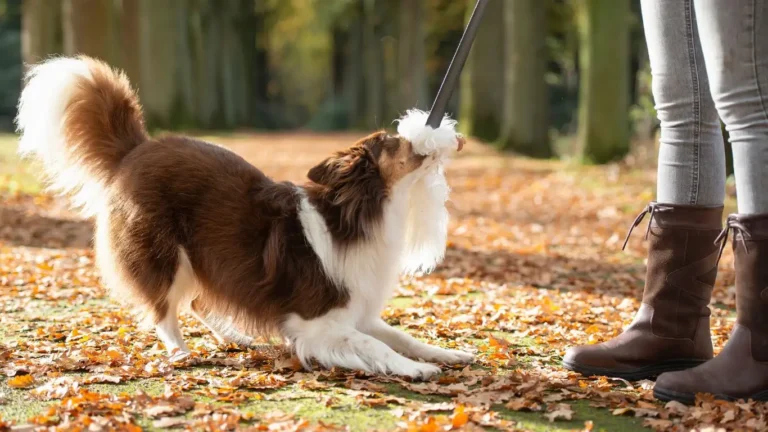Struggling with Spills? How to Train a Dog to Not Knock Over Items
Let’s be honest, figuring out how to train a dog to not knock over items can feel like trying to stop a freight train with a feather duster—especially if you’ve got a large, excited pup with a tail that could double as a wrecking ball. I’ve been there. As a Canine-Assisted Therapy Trainer, I’ve worked with dozens of dogs who meant well but had zero spatial awareness. Coffee mugs, vases, entire stacks of books—you name it, I’ve seen it take a dive. So if you’re dealing with a furry bulldozer, you’re definitely not alone.
Understanding Why Dogs Knock Things Over
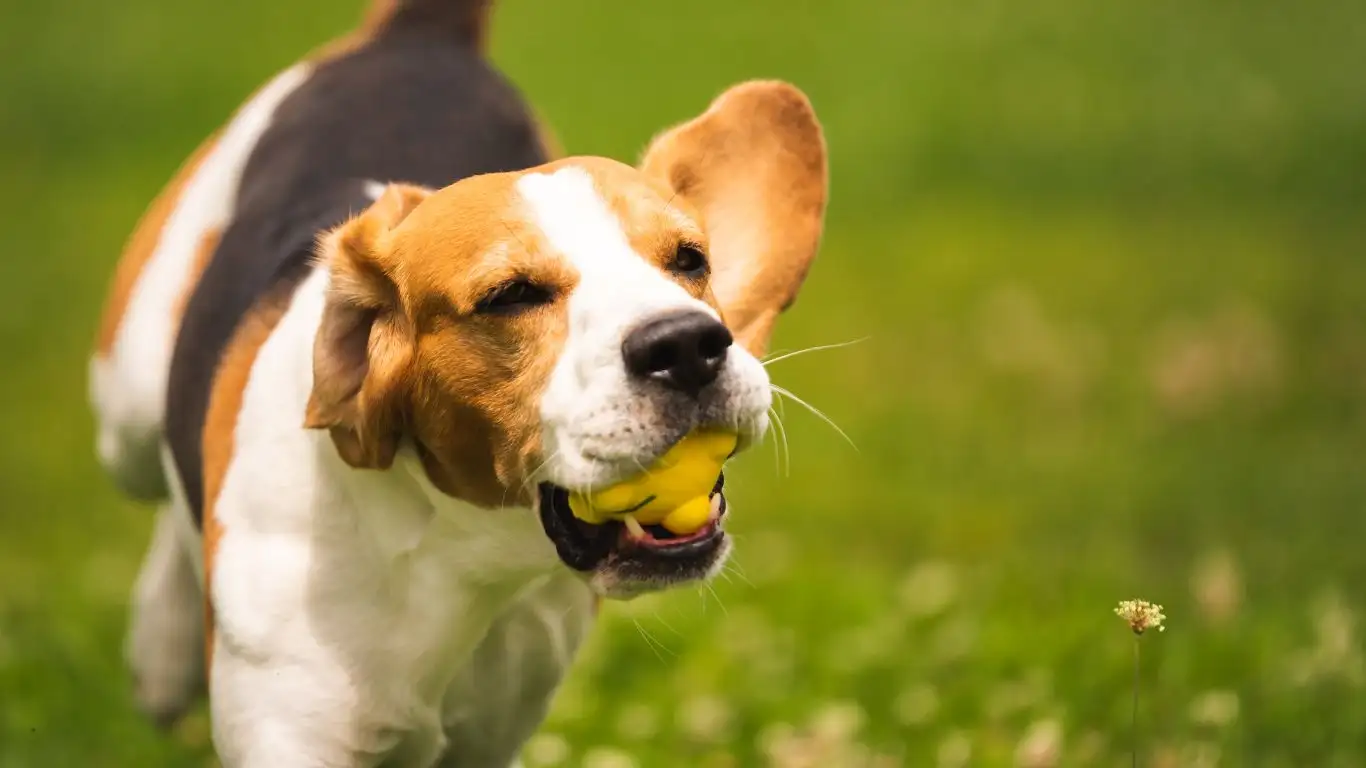
Before diving into training techniques, it helps to understand the *why*. Most of the time, knocking things over isn’t bad behavior—it’s unawareness. Dogs explore with their noses and sometimes, unfortunately, their tails. And those long limbs and clumsy bodies? Yeah, they weren’t built for tight living room corners full of delicate decor.
Here are a few common reasons dogs turn into accidental chaos machines:
- Excitability: High-energy dogs tend to crash around during play or when guests arrive.
- Lack of spatial awareness: Many dogs don’t realize their size—especially larger breeds.
- Environmental stimulation: New smells or objects can make dogs extra curious, leading to accidental collisions.
It’s not about punishment—it’s about helping them become more aware and building behaviors that naturally reduce the mess.
Start with Confidence-Building and Body Awareness
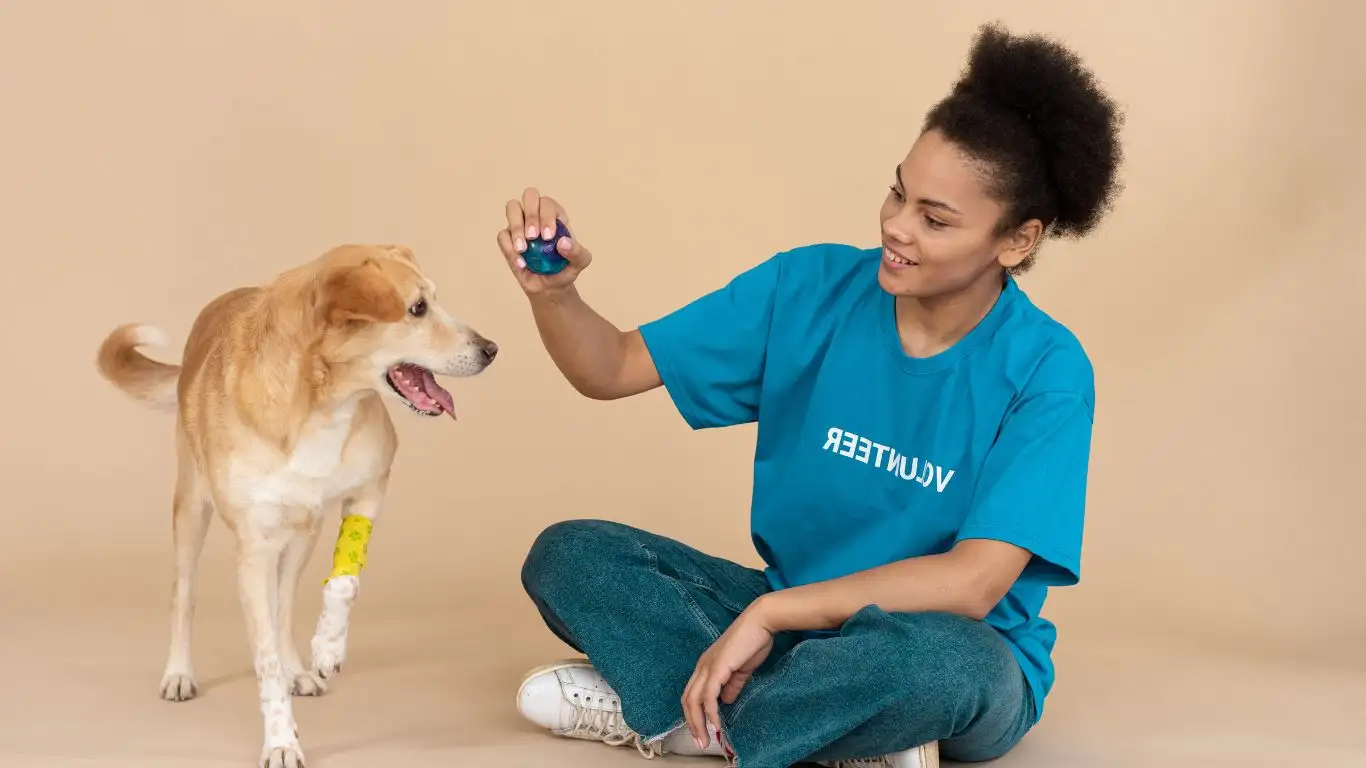
In my early days of working with therapy dogs, I learned that body awareness training is *gold*. Think of it like doggy yoga. You’re teaching your pup to pay attention to where their feet, hips, and tail are moving—not just their nose.
Try Basic Obstacle Exercises
One of my go-to tools is a ground-level agility ladder or even just painter’s tape in a hallway. Here’s how to use it:
- Lay out the ladder or tape about four feet long.
- Use treats to guide your dog slowly through it, making sure they step between the lines—not over.
- Start with a leash if needed, and reward calm, precise steps.
This may seem simple, but it’s incredibly effective. You’re essentially rewiring how your dog moves through space. With consistency, your dog becomes more intentional and careful—hello, fewer broken picture frames!
Incorporate “Settle” Cues
Another major win? Teaching your dog to settle in specific areas. You don’t want them barreling through the house every time the doorbell rings. Use a mat or designated “place” and reinforce it with treats and calm energy. This not only keeps your dog out of high-risk zones, but also gives them a safe space to decompress.
I once worked with a boisterous German Shepherd who had a tail like a whip. Training him to go to his mat when guests arrived saved countless wine glasses and also made him feel more secure. It’s a win-win.
Build Impulse Control with Everyday Routines
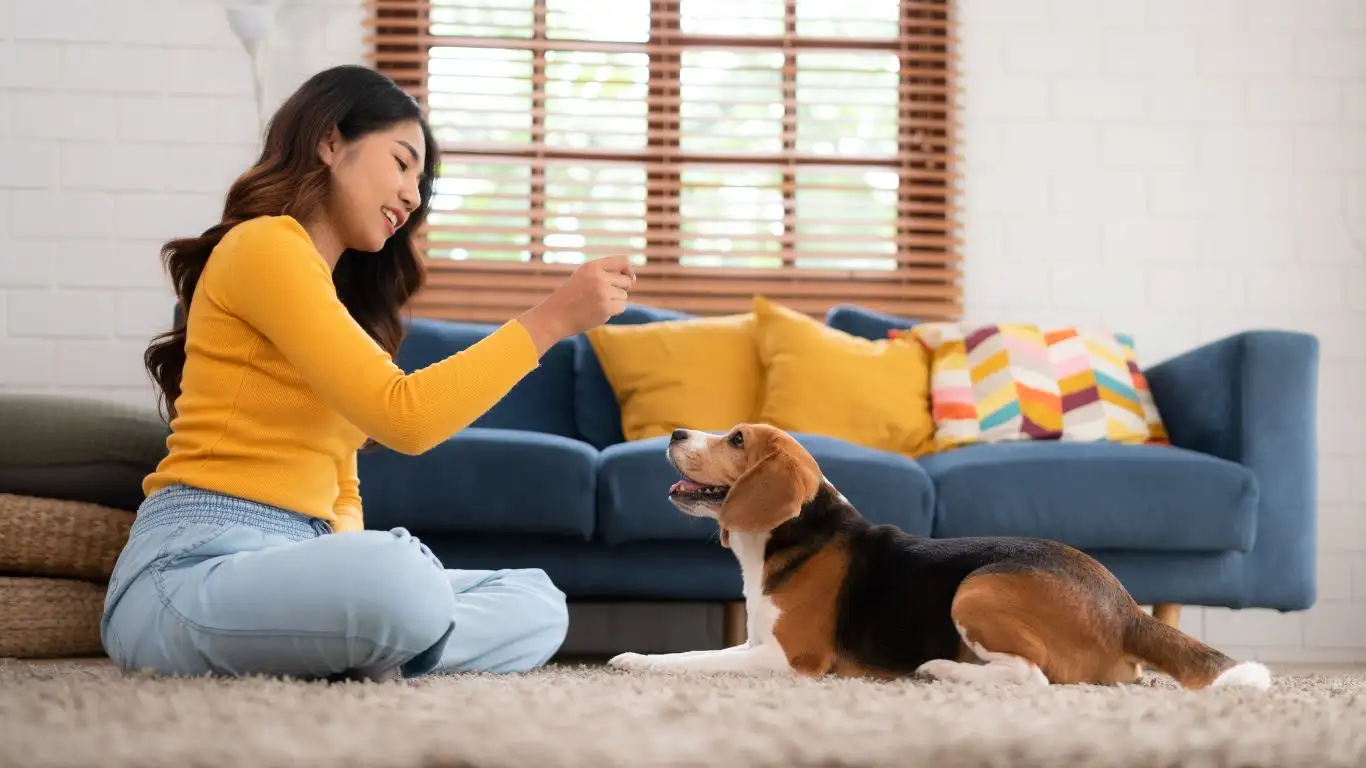
Impulse control is a *game-changer*. Dogs don’t naturally come equipped with it—they learn through structure and repetition. A dog that can wait calmly for their food or walk is more likely to move with intention rather than chaos.
Exercises That Teach Control
- Wait at the door: Practice having your dog wait for a release cue before going through doors. This teaches patience and awareness.
- Leave it: This classic command is a staple in my training sessions. Start with treats on the ground and reward when they leave it alone.
- Slow feedings: Use puzzle feeders or scatter food on a mat to encourage slower, more mindful eating.
Trust me, when your dog learns to control those instant urges, the benefits show up everywhere—from how they greet visitors to how gently they move around your favorite keepsakes.
Teach Your Dog Boundaries Inside the Home
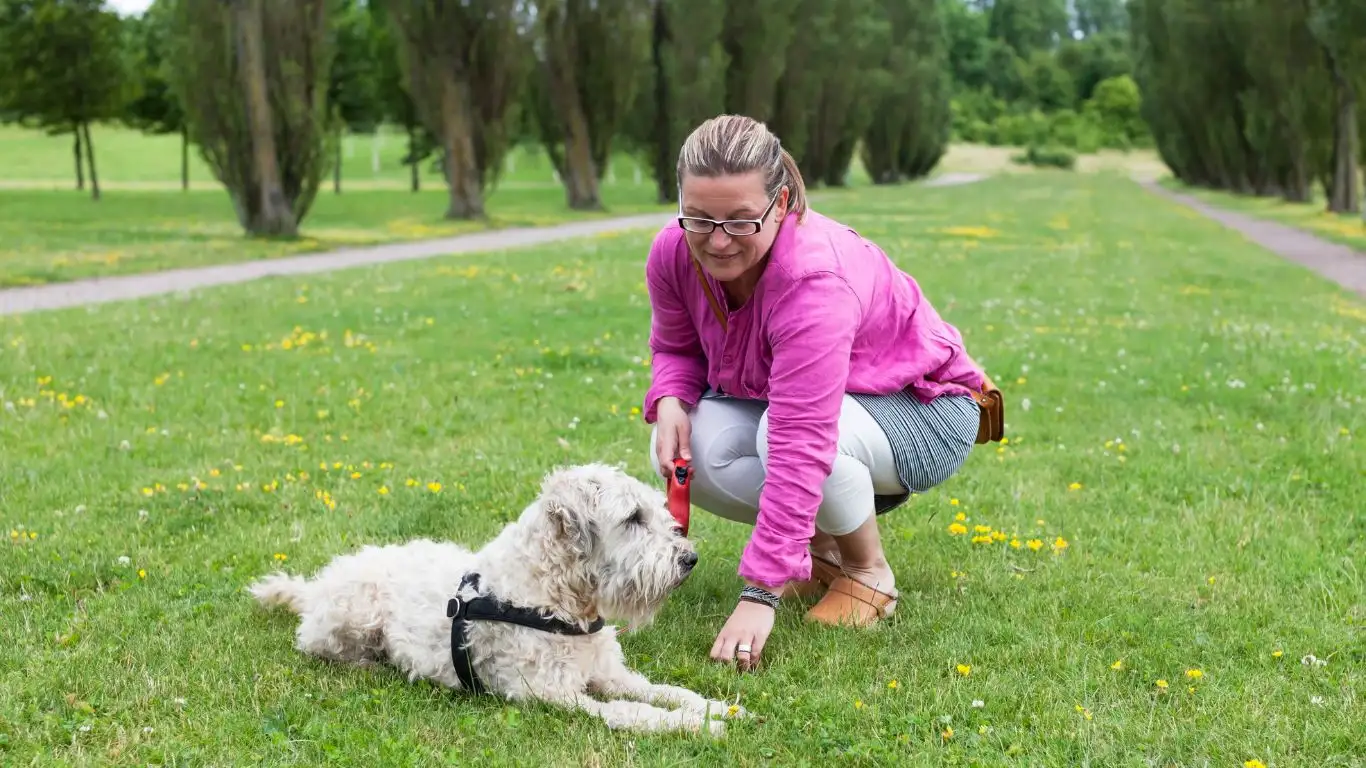
Okay, so now that your pup is becoming more mindful of their body and learning some self-control, it’s time to talk about boundaries. One of the best ways to keep your dog from knocking stuff over is simply teaching them where they can and can’t go. And I don’t mean turning your house into a fortress of baby gates (although those have saved me a few times, too). I’m talking about structured, respectful boundaries.
One of my therapy dogs, Bear—a goofy Labradoodle—used to love wedging himself between the coffee table and couch like he was on a mission. Picture it: tail wagging wildly, and boom—there goes your scented candle. We worked on using visual markers (like a floor mat or small rug) to define “no-go” areas. It was life-changing.
Ways to Reinforce Indoor Boundaries
- Training Mats: Place mats in specific zones and use verbal cues like “out” or “back.” Reward generously when your dog respects the limit.
- Furniture-free zones: Teach them that certain areas (like around bookshelves or the dining table) are off-limits.
- Environmental cues: I like using visual items like cones or painter’s tape early on to give dogs a reference.
Be patient—especially if your pup is young or hyper. Remember, you’re not just preventing accidents, you’re giving them clear expectations, and that builds confidence.
Make Training Part of Playtime

Here’s something I swear by: if training feels like a chore, your dog will treat it like one. But if you turn it into a game? That’s where the magic happens. Dogs learn so much faster when they’re having fun, and honestly, so do we.
One little trick I use with my therapy teams is to sneak training into playtime. For example, during tug-of-war or fetch, I’ll randomly throw in cues like “leave it” or “go slow.” Not only does this help reinforce control, but it also keeps your dog mentally stimulated. Win-win!
Games That Build Body Awareness
- Find the Treat: Hide small treats under plastic cups or boxes. This slows your dog down and gets them to use their nose and brain—not just brute force.
- Paw Targeting: Teach your dog to touch specific objects (like a towel or cone) with their paw. This builds fine motor control and helps with spatial thinking.
- Slow Motion Recall: Call your dog to you slowly with a treat trail, encouraging calm movement over excitement.
I’ll never forget when Luna, a high-energy Husky I was working with, finally tiptoed her way through a “treat trail” without knocking over a single obstacle. Her tail was still wagging, but her movements were sooo controlled. Proud trainer moment right there.
How to Train a Dog to Not Knock Over Items with Real-Life Scenarios

So now let’s bring it full circle. You’ve got the basics down: awareness, impulse control, boundaries, and training that doesn’t suck the joy out of life. But what about real-life distractions—like dinner guests, delivery people, or a random squirrel outside the window?
It’s all about building resilience. The more “real” you can make your training, the more your dog will generalize that behavior to daily life. And here’s the truth: dogs don’t generalize very well on their own. You have to help them connect the dots.
Set Up Controlled Chaos
One thing I recommend to every dog parent (especially those dealing with item demolition) is practicing in controlled environments. Here’s how:
- Place lightweight, harmless objects (like empty paper towel rolls) around the house.
- Walk your dog through the room on leash, rewarding for calm and careful movement.
- Gradually increase the level of “chaos” by adding sound, other people, or mild distractions.
It’s kinda like preparing your dog for an obstacle course. By giving them confidence in navigating tight spaces without being destructive, you’re setting them up for success. I’ve seen even the most clumsy dogs transform into graceful navigators with enough practice and praise.
Don’t Skip the Follow-Up
One last nugget: consistency beats intensity every time. I’d rather you do five minutes a day than one long session once a week. Check in with your dog. Notice their body language. Celebrate small wins.
And above all—don’t stress the mess. We’ve all had that moment where we hear a crash in the next room and know exactly which dog (and which tail) is responsible. But with the right tools, guidance, and a little patience, those moments get fewer and farther between.
Reinforce Calm Behavior in High-Excitement Moments

If there’s one thing I’ve learned in my years of canine-assisted therapy training, it’s that calm is a skill. And like any skill, it has to be practiced in the very moments it’s hardest to maintain—those times when your dog is practically vibrating with excitement. Think doorbells, guests, family gatherings, or even just the sound of their leash being picked up.
Dogs are like emotional sponges, and if you’re buzzing with energy, they pick up on it fast. So when we’re trying to prevent the chaos that leads to items getting knocked over, it’s all about rehearsing calm behavior in real-life scenarios.
Use Desensitization to Your Advantage
For example, try rehearsing common trigger moments in a controlled way. One of my favorite techniques is the fake guest drill:
- Have a friend pretend to arrive at your door multiple times in one session.
- Reward your dog for staying on their mat or remaining seated.
- Keep the energy low—your tone, your movements, everything.
Rinse and repeat. Over time, your dog learns that staying grounded gets the reward—not jumping, spinning, or tail-whipping every item within a five-foot radius.
I’ve done this with dozens of excitable dogs, and while it takes some repetition, the payoff is huge. One lab mix I worked with used to barrel through hallways like a stampede whenever the doorbell rang. After a few weeks of controlled exposure and rewards, he became a calm greeter—still happy, but measured. That’s the sweet spot.
Consistency at Home with Everyone Involved

Here’s where things sometimes unravel: the rest of the household. You might be working hard to teach your dog how to train a dog to not knock over items, but if your partner or kids are letting them zoom around the kitchen mid-meal prep, that progress can take a hit.
Training only works when everyone’s on the same page. So gather the household and have a quick, casual “dog meeting.” Nothing formal. Just talk through the basics—like using the same cue words, reinforcing calm behavior, and avoiding accidental rewards (like attention or food scraps) when the dog is being wild.
Consistency doesn’t mean perfection. We all mess up. What matters most is that your dog isn’t getting mixed signals day after day.
Simple House Rules That Make a Difference
- No feeding from the table: Keeps your dog from crowding high-risk zones where knocking things over is common.
- Use the same release cue: Whether it’s “okay,” “free,” or something else—pick one and stick with it.
- Reward calm before chaos: Reinforce when your dog is lying down or waiting patiently rather than bouncing around.
I had a client family once where the mom was super consistent, but the teenage kids loved riling the dog up. Once we looped them in and made training fun for everyone, the dog’s behavior changed almost overnight. It’s amazing what teamwork can do.
How Long Does It Take to See Results?
Ah, the million-dollar question. The truth? It depends. Every dog is different, and so is every environment. Some pups show massive improvement in a week. Others take a few months. And that’s okay.
If your dog has been accidentally knocking things over for years, don’t expect them to magically tiptoe through the house after one training session. Behavior change takes time, repetition, and a healthy dose of humor. (Seriously, laugh it off when things go sideways—it’s part of the process.)
Here’s what I usually tell dog parents:
- Expect small wins at first—like pausing before entering a room or slowing down near tight spaces.
- Celebrate those wins big time. Let your dog know that thoughtful movement equals good things.
- Stick with it. Even a few minutes a day makes a difference over time.
When to Call in a Pro
Sometimes, despite our best efforts, we hit a wall. Maybe your dog is just too hyper, or you’re dealing with a rescue pup who’s never learned boundaries. That’s where professional help can be a game-changer.
Certified trainers (especially those with therapy or behavior backgrounds) can identify the subtle patterns that might be holding your dog back. Plus, they can tailor the approach to your dog’s unique personality—and yours. I always remind people: there’s no shame in asking for help. In fact, it shows a lot of commitment to your pup’s success.
References
Disclaimer
This article is based on my professional experience as a Canine-Assisted Therapy Trainer and is intended for informational purposes only. It does not replace personalized advice from a certified dog trainer or veterinary behaviorist. Always consider your dog’s specific needs, personality, and health history before starting any new training program.
